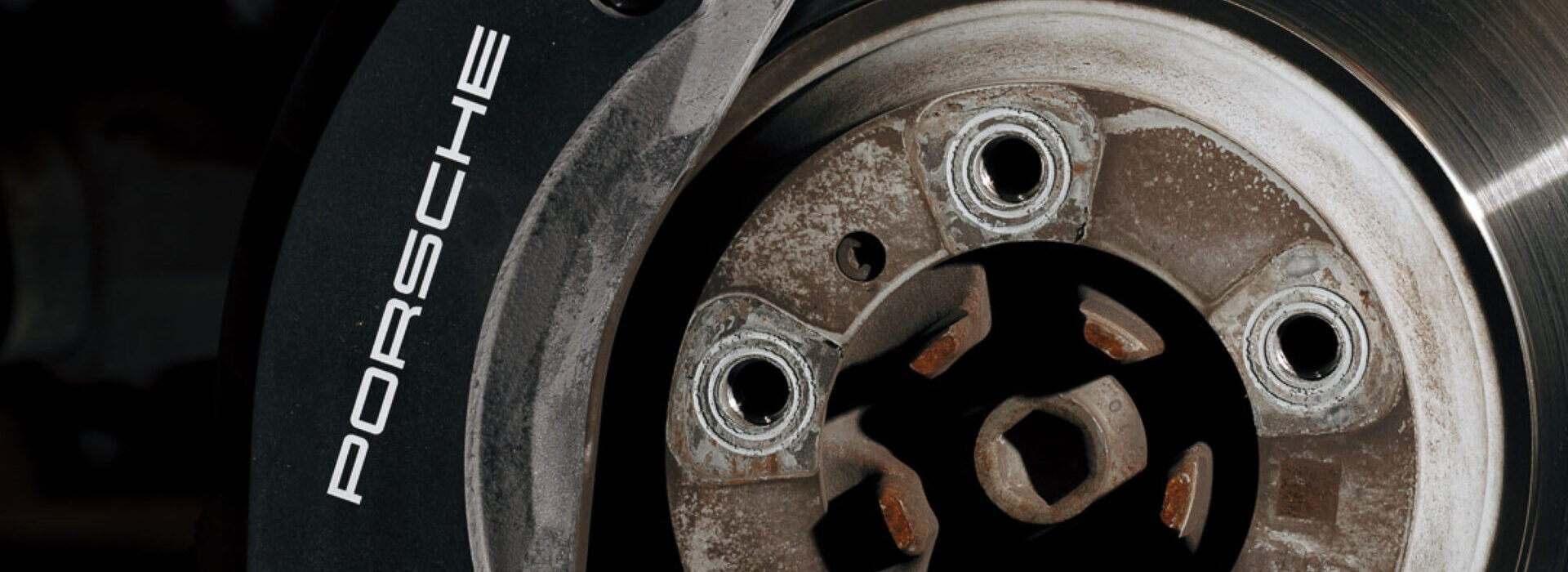Brakes are one of the most critical features of your vehicle, for both comfort and safety. They allow you to bring your car to a gentle standstill as you give way in a suburban street, and are essential for avoiding or minimising impact in an emergency. ‘Bleeding’ your vehicle’s brakes might sound like a job for Dracula, but it’s actually a routine brake maintenance activity that keeps your brakes functioning correctly. Here’s how to bleed brakes.
Brakes 101
You press the pedal, the car stops. You press it harder, the car stops faster. That’s it, right? That’s certainly the short of how car brakes work, but the long of it is that there are several parts that make up a whole braking system in your car to enable you to pull up where and when you want to.
Brakes are part of your car’s hydraulic system. They allow you to slow down or stop your vehicle using pressure and friction. As you step on the brake pedal, fluid in the brake system travels through the brake lines, building up pressure against the brake pads. These pads then grab onto the metal rotors in the wheel assemblies, effectively slowing or stopping the car. Brake lines and brake fluid are crucial elements in any braking system, ensuring that the force you apply to the pedal is transmitted efficiently to the brakes themselves.
Why should you bleed car brakes?
Over time, air can enter brake lines. Small bubbles may cause a delay in the transmission of force from the pedal to the brakes, causing a spongy brake pedal and reducing braking efficiency. Bleeding the brakes removes this air, allowing effective transmission of force.
How often should you bleed car brakes?
As with everything in car maintenance, it depends! Driving conditions, manufacturer recommendations and performance requirements all play a role in determining how frequently you should bleed your car brakes. We bleed your brakes every time we replace your brake fluid, and at other times if we suspect air in the brake lines might be affecting braking performance.
How to bleed brakes
Bleeding brakes requires precision and care. While it may be a manageable task for those with some mechanical know-how, it is a job that requires the right tools, knowledge and appropriate disposal resources! For most drivers, entrusting this task to the professionals is the best choice. But if you’re enthusiastic and prepared, you’ll need to get your hands on:
- Brake fluid (check your driver’s manual for manufacturer-recommended fluid)
- A clear plastic tube
- A catch bottle
- A jack
- A wrench
Step 1
Park your vehicle on a level surface and make sure it’s secure. Open the bonnet and locate the brake fluid reservoir – make sure it’s full, and keep the cap loose. Lift your vehicle carefully with a jack if required.
Step 2
Locate the bleeder valves on each brake caliper (usually located at the top or back of the calliper).
Step 3
Attach one end of the clear plastic tube to the bleeder valve and place the other end in the catch bottle. Make sure the bottle is placed above the level of the bleeder valve to prevent air from re-entering the system.
Step 4
Starting with the brake furthest from the master cylinder (usually the rear passenger side), ask someone to assist you by depressing the brake pedal. Use the wrench to open the bleeder valve while the brake pedal is depressed. Fluid and air bubbles should flow through the tube into the catch bottle. Close the bleeder valve before your helper releases the brake pedal to avoid air re-entering the system. Repeat the process until only clear fluid flows from the tube; then move on to the next brake and repeat until all are complete. Check the brake fluid levels as you go, topping up as needed.
Step 5
Once all brakes have been bled, fill the brake fluid reservoir to the marked level and securely fasten the cap. Test the brake pedal to ensure it feels firm. If it feels spongy, there may still be air in the system
Step 6
Dispose of excess brake fluid in an environmentally responsible manner. Check with your local council for local safe disposal facilities, or look for a ‘Detox Your Home’ event nearby run by Sustainability Victoria. Brake fluid should never be poured into a sink, storm drain or septic tank, nor on the ground.
Slow down and pull into Cox Auto
Bleeding brakes is really best left to the experts. Our specialist technicians know exactly how to bleed brakes, providing the highest quality workmanship and customer service for all your maintenance and repair needs. We only use the most trusted brands for parts and all our work is backed by a 12-month or 20,000-kilometre guarantee. Not only can we bleed your brakes, but we can flush the entire braking hydraulic system, including the ABS controller pump.
We are an official ATE Brake Centre, which means that the products we use meet and exceed the highest standards of quality, thermal performance and environmental sustainability. We fit the highest quality, dustless ceramic brakes from ATE, offering low abrasion for long-term performance;
Booking with us to bleed your brakes or any other repairs and maintenance is hassle-free, and we also offer a range of other car services to keep your vehicle in top shape. Don’t let brake issues slow you down, book in with our brake specialists today.


